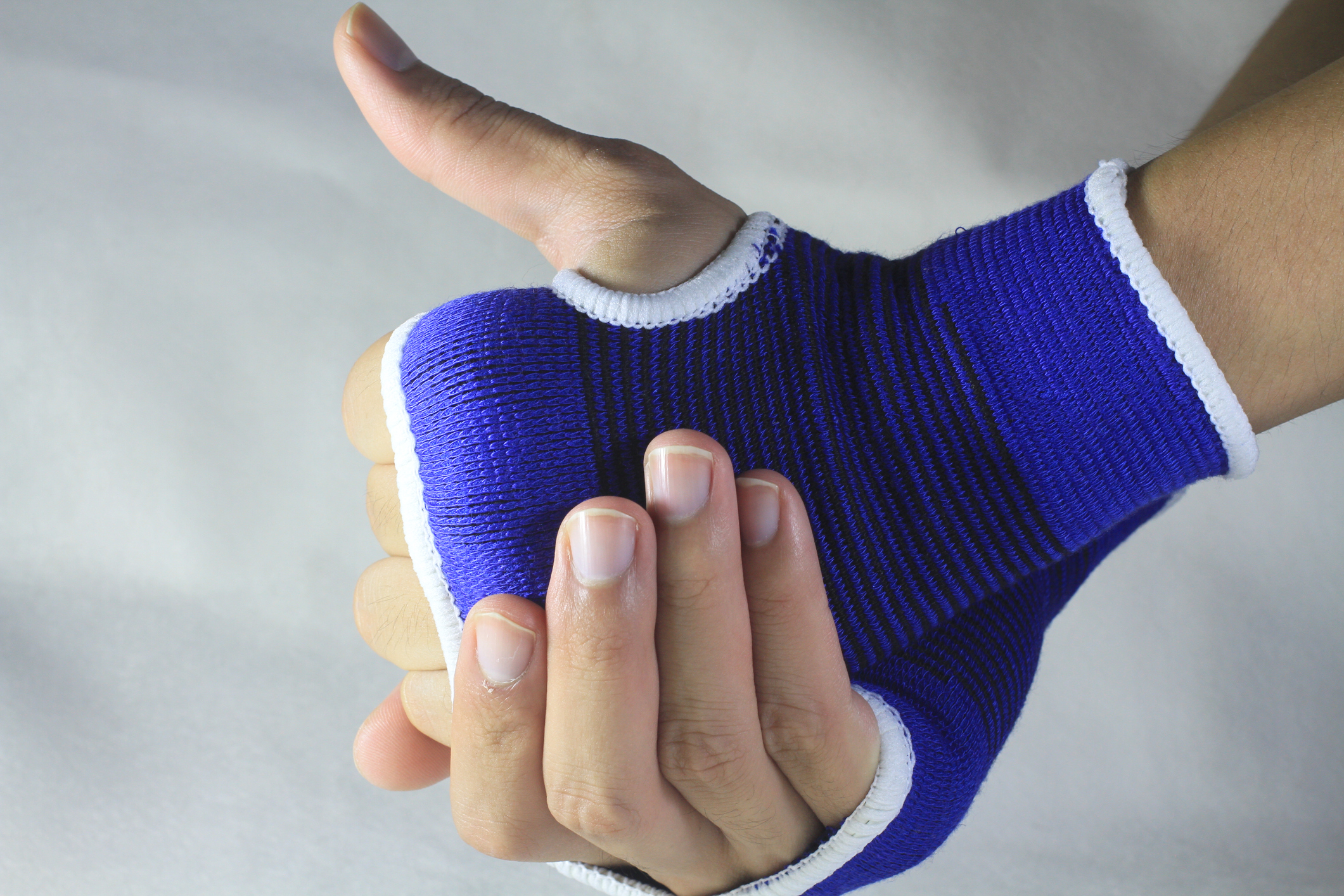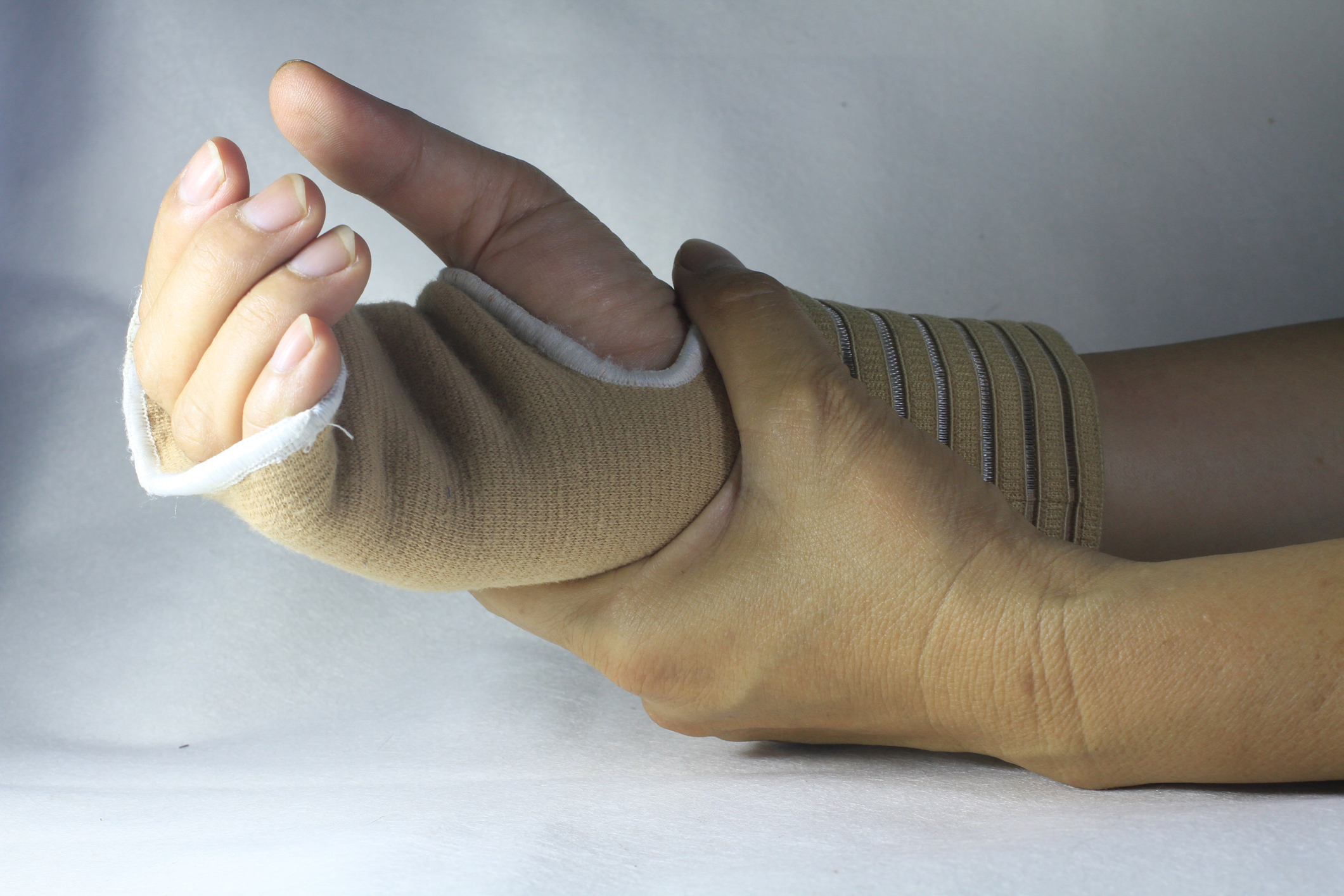What is Wrist Arthroscopy?
Wrist Arthroscopy is a minimally invasive surgical procedure used to diagnose and treat various wrist conditions by inserting a small camera and instruments through tiny incisions in the wrist. This procedure allows surgeons to visualize the inside of the wrist joint and address issues such as ligament tears, cartilage damage, and wrist instability.

Why Might You Need Wrist Arthroscopy?
Wrist Arthroscopy may be recommended if you experience:
- Wrist Pain: Persistent pain in the wrist that does not respond to conservative treatments.
- Swelling: Swelling and inflammation in the wrist joint.
- Limited Range of Motion: Difficulty moving the wrist due to stiffness or pain.
- Diagnostic Uncertainty: Need for a more accurate diagnosis of wrist problems, such as ligament injuries or cartilage damage.
What Are the Steps in a Wrist Arthroscopy Procedure?
Preoperative Preparation
- Medical Evaluation: Comprehensive review of your medical history, symptoms, and previous treatments.
- Diagnostic Imaging: X-rays, MRI, or CT scans to evaluate the extent of wrist damage and plan the procedure.
- Informed Consent: Detailed discussion of the procedure, potential benefits, and risks.
During the Procedure
- Patient Positioning: You will be comfortably positioned to allow easy access to the wrist.
- Anesthesia: Local or general anesthesia is administered to ensure you are comfortable during the procedure.
- Incisions: Small incisions are made in the wrist to insert the arthroscope and surgical instruments.
- Visualization: The arthroscope, a small camera, is inserted into the wrist joint to provide a clear view of the internal structures.
- Treatment: Depending on the findings, surgical instruments may be used to repair or remove damaged tissue, such as repairing ligament tears or removing loose cartilage.
- Closure: The incisions are closed with sutures or adhesive strips, and a sterile dressing is applied.
Postoperative Care
- Observation: Brief period of monitoring after the procedure to ensure there are no immediate complications.
- Activity Guidelines: Instructions on caring for the incisions and guidelines for gradually resuming normal activities.
- Hand Therapy: Rehabilitation exercises and hand therapy may be prescribed to improve wrist strength and range of motion.

Recovery and Rehabilitation
Postoperative Care
- Pain Management: Medications and techniques for managing postoperative pain and swelling.
- Follow-Up Appointments: Scheduled to monitor healing, remove sutures, and assess wrist function.
Potential Complications
While Wrist Arthroscopy is generally safe, potential complications can include:
- Infection: Risk of infection at the incision sites or within the wrist joint.
- Nerve or Blood Vessel Damage: Rare but possible risk of temporary or permanent nerve or blood vessel injury.
- Stiffness or Recurrence: Stiffness or the possibility of wrist problems recurring.
Benefits of Wrist Arthroscopy in
Hand & Upper Extremity Management
- Accurate Diagnosis: Clear visualization of the wrist joint for accurate diagnosis of underlying problems.
- Minimally Invasive: Small incisions and less tissue damage compared to open surgery.
- Targeted Treatment: Precise treatment of specific wrist conditions, leading to better outcomes.
- Quicker Recovery: Shorter recovery time and faster return to normal activities compared to open surgery.
Find a Hand Surgeon
Hand & Upper Extremity
Genesys Surgery CenterLivoniaView all
Hand & Upper Extremity
Genesys Surgery CenterLivoniaView all


